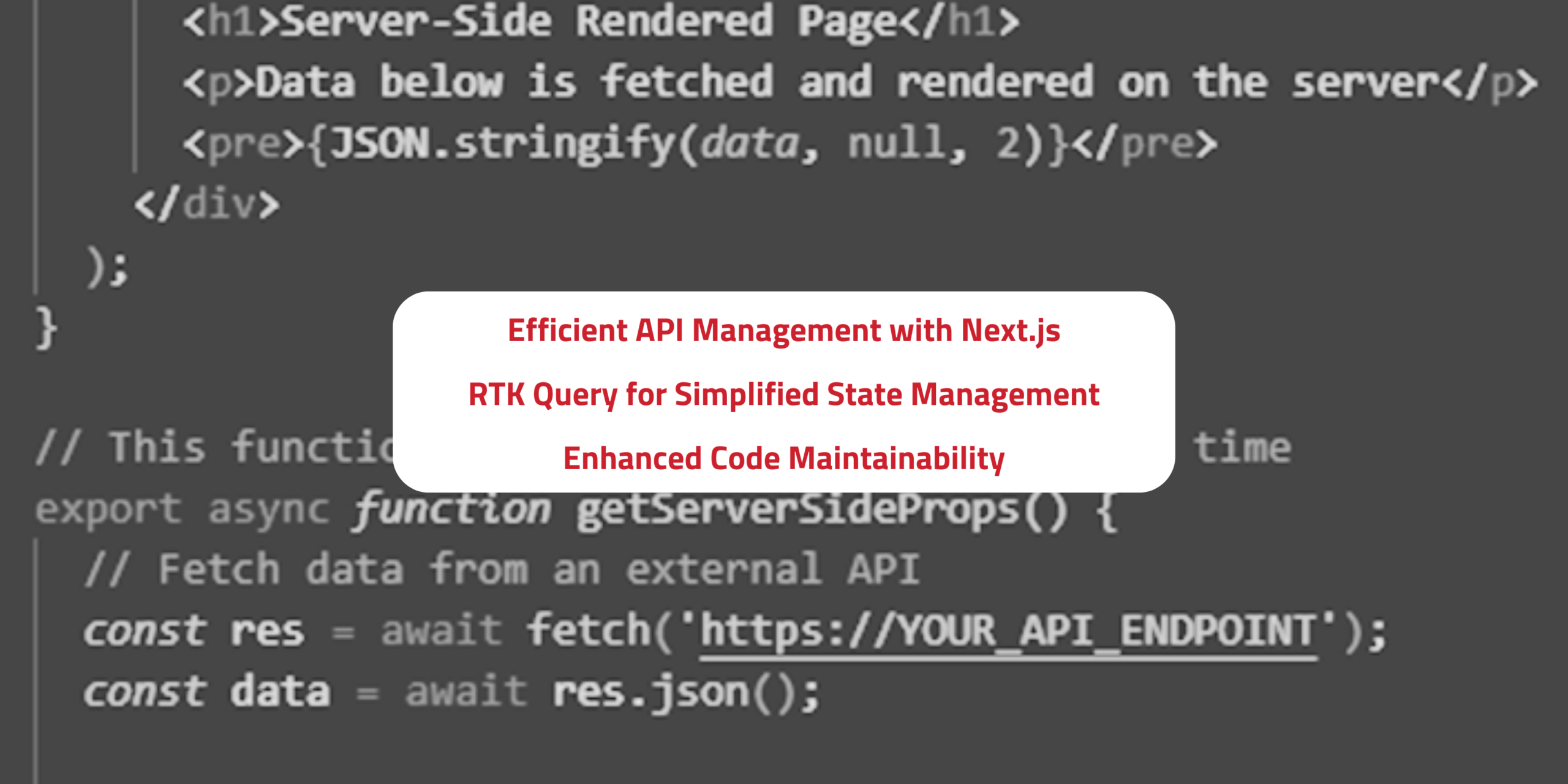
Organisation tips
5 Practical Steps to Set Up Data Governance in your Business

Kishore Balachandran
Senior Technical Consultant in Data & AI
November 18th, 2021
Can you imagine trying to run a business without any rules, policies or processes? No one would know who is doing what, or when and how to get anything done. Put simply, achieving any sort of outcome would be impossible.
Data in your business is no different…yet you would be surprised how many organisations do not have any systems in place to manage it.
Known as “data governance”, the policies and processes your business implements to manage its data are crucial to achieving valuable outcomes, such as the ability to make data-driven decisions.
Lack of data governance impedes many organisations from realising their full data potential, and is ideally one of the first steps you should take as you set out on your data journey.
If your business is lacking in data governance, here is a roadmap with 5 practical steps to help you implement it properly…
1. Set achievable goals
- What data does your business routinely use?
- Who owns this data?
- Who has access to this data?
- Who should never have access to this data?
Answering questions such as these are essential to begin laying the framework for effective data governance. Start by investigating the who, what, when, where and why of data in your business so you can commence setting tangible goals.
2. Designate data owners
While larger organisations may have a Chief Data Officer (CDO) on staff, this is not achievable for all businesses.
In this case, you’ll want to select a data owner. This is someone who takes ownership of data, either across the organisation or within a business unit. So (for example), you may assign a data owner for manufacturing, one for sales, one for finance, and so on.
A data owner is someone who will be responsible for:
- defining processes and rules
- ensuring data is accurate
- overseeing changes to data
3. Select data champions
Data champions, or stewards, are people in your business who work with data. They understand how data relates to the business and who needs to access it.
Together, data owners and data champions should form a data governance committee. They work together to review and manage data governance for the benefit of the entire business.
Data governance committees often meet quarterly or bi-yearly, and assess whether progress towards data goals is on track or if goals need to change.
4. Define the scope of data
Once you have your data governance committee, you’ll want to define what data you’re working with.
While your business may ingest millions of data records, not all of these are valuable. Therefore, it’s important to define which data is critical versus which data can probably be ignored.
Defining the scope of data helps the data committee focus their efforts where it’s needed most. Start small and get the right conversations flowing so you can begin to define effective rules across people, process, compliance, and so on.
5. Engage with your IT team or outsourced data specialists
Once the scope of data is defined, the data committee can work with the business’s IT team to develop a data governance framework. This framework sets out how data governance rules will be integrated into the business’s data systems.
There are many elements that go into ensuring data quality and integrity which contribute to effective data governance.
For example, how do you maintain accurate customer records when one system may contain data that is different to another?
To achieve unified information in a common format, your IT team must understand master data management and data lineage. Both play an important role in providing business users with a clear picture of where their data is coming from so they know if it can be trusted.
Other key elements include meta data and data scrapping. Meta data delivers clarity because it applies a consistent language to all data – so technical teams can see at a glance the context of the data and what format it’s in.
Data scrapping (or data gathering) is another useful element for data governance because it works to collate information that a business user may not have, but ultimately needs. For example, a car manufacturer may say that a certain model gives mileage of 7L per 100kms. But how do you know whether a specific car is achieving that mileage? In this case, data scrapping would retrieve inputted mileage details each time a car is serviced, so these insights become available in the future.
Implement data governance with support from Antares
Data governance may seem complex, but it’s absolutely essential to your data journey.
At Antares, our data experts have extensive experience in helping businesses implement data governance – including working with internal IT teams to develop frameworks that maximise data quality, integrity, and business value.
We can support your organisation in creating a superior data governance model that meets user needs while ensuring appropriate controls to support privacy and compliance.
To speak with our team about master data management and effective data governance, simply contact us.


